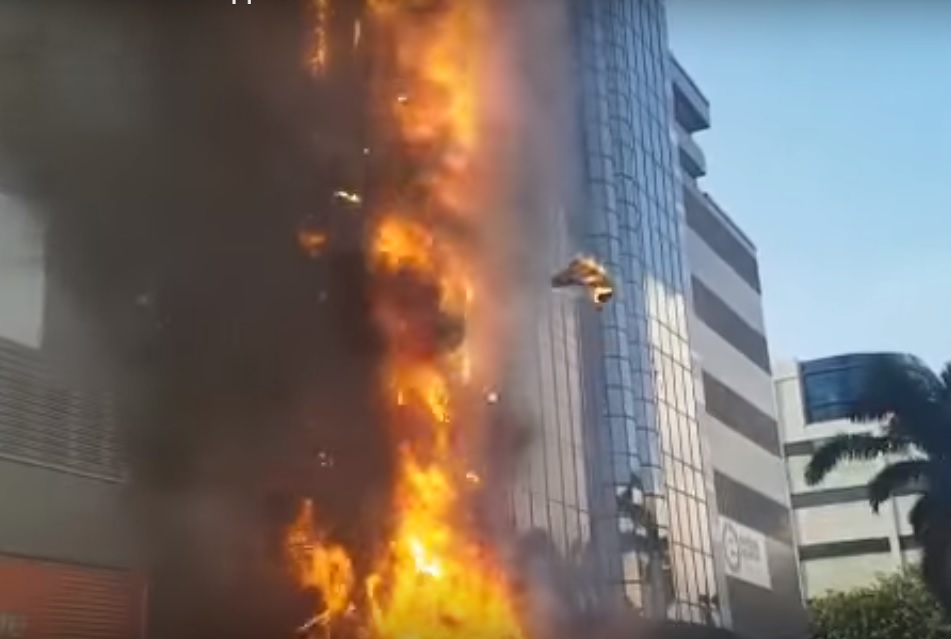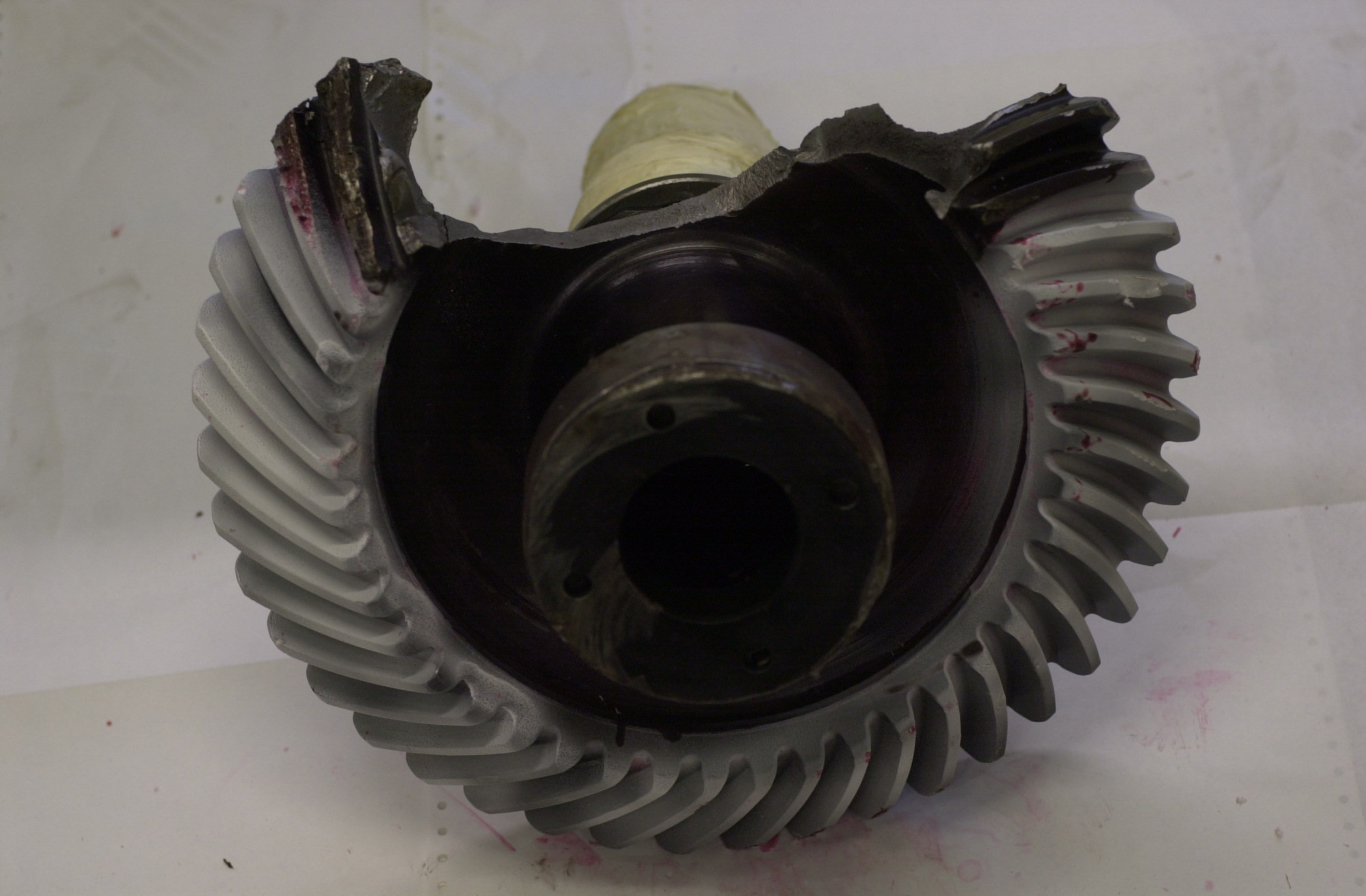1 Introduction to fire investigation
Impact of fire and explosion damages
General procedures of fire investigation
Effective fire investigation
2 Fundamentals of fire science
Fire triangle
Heat release due to fire
Fire kinetics
3 Fire properties of materials
Flammability limits
Flash point
Auto ignition temperature
4 Fire ignition mechanisms
Electrical sparks and arcs
Mechanical sparks
Resistive heating
Hot surfaces
Thermal radiation
5 Fire dynamics/spread and pattern
Fire growth rate and flame propagation
Effect of fuel load and ventilation on fire development
Flashover
Temperature versus time
Fire patterns
6 Damage mechanisms from fire and explosion
Thermal damage mechanism
Non-thermal damage mechanisms
7 Fire scene processing and evaluation
Information gathering
Scene documentation
Preservation of evidence for offsite fire investigations
Identifying and retaining important physical evidence
Evaluating samples collected from the fire site
8 Laboratory examination and analysis techniques on fire debris
Visual and macroscopic examination
X-ray imaging on fire affected objects
Cross sectional examination and Metallography
Scanning electron microscopy (SEM)
Energy dispersive X-ray spectrometry (EDX)
Fourier Transform Infrared Spectrometry (FTIR)
Gas chromatography–mass spectrometry (GC-MS)
9 Case studies of fire and explosion investigation
Brief investigation on different types of fire and explosion cases including mechanical fire, electrical fire, vehicle fire, building fire, etc.
 Failure analysis services
Forensic accident investigation
Corrosion engineering
Traffic accident reconstruction
Forensic fire investigation
Crane accident investigation
Expert witness services in litigation
Fatigue and fracture analysis
Design & structural analysis
Condition assessment
Failure analysis services
Forensic accident investigation
Corrosion engineering
Traffic accident reconstruction
Forensic fire investigation
Crane accident investigation
Expert witness services in litigation
Fatigue and fracture analysis
Design & structural analysis
Condition assessment






























